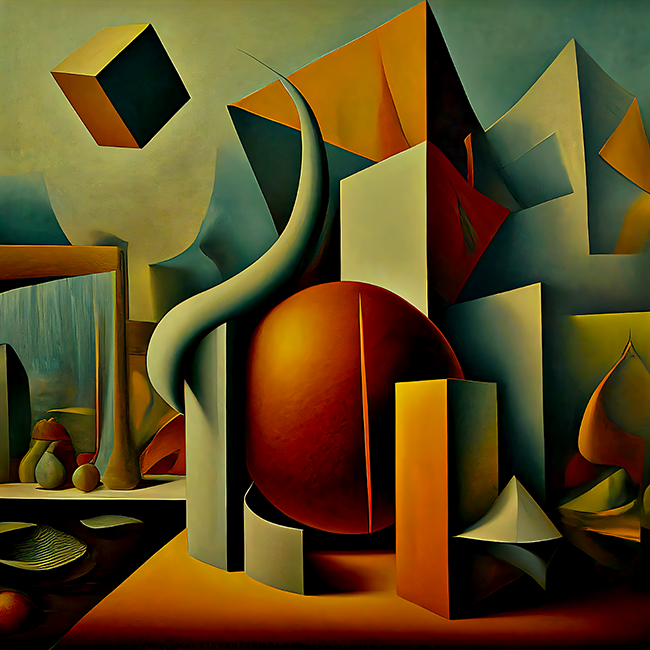Alan Brown’s artistic journey started in a photo studio’s darkroom, where he discovered the magic of developing film. That moment sparked a passion for photography and visual arts that has lasted more than 40 years. With a BS in Communications from Syracuse University, majoring in Advertising Photography and minoring in Art History, Alan had a solid foundation to build a creative career.

In 1981, Alan launched PhotoDesign, an advertising photography studio where he developed a distinct style that married technical skill with artistic vision. His early work was all about finding that balance—capturing subjects with precision while leaving space for creativity. It wasn’t just about commercial appeal; Alan aimed to blend art and technique seamlessly.
Alan embraced digital technology early. By 1985, when most photographers were sticking to film, he was already experimenting with digital media. This willingness to explore new tools and processes set him apart. He was constantly trying to bridge the gap between traditional techniques and digital possibilities. It was a time when digital photography was clunky and experimental, but Alan saw potential and ran with it.
In 1989, Alan expanded his creative work by founding Photonics, a graphic design and web development firm. As creative director, he handled a wide range of projects, from branding and advertising campaigns to website design. The business thrived for 32 years before Alan sold it in 2020. Running Photonics allowed Alan to stretch his creative muscles beyond photography, diving into graphic design and web development when those fields were also rapidly evolving.
He didn’t stop there. Alan also served as a partner in Tulong LLC for six years, a socially responsible women’s apparel company focused on eco-friendly products. His business interests were varied, but the creative drive stayed consistent. Whether it was a photo shoot, branding campaign, or designing a website, Alan’s attention to detail and precision shone through.
Despite the demands of running businesses, Alan never left his passion for art behind. Instead, he continued to experiment with different mediums and techniques, always searching for new ways to express his vision. His art kept evolving. He was known for his perfectionism, but not in a restrictive way. Instead, it was about pushing his creativity to the limit, making sure every piece felt complete.
Retirement in 2021 was less of an ending and more of a creative turning point. Without business obligations tying him down, Alan could fully devote himself to art. And he went all in. Today, Alan works exclusively as a digital artist, pouring decades of knowledge into his creative process.
His current work leans into surrealism. You can see it in the geometric shapes and forms he plays with. Spheres, cylinders, cones, and cubes all swirl together in a dance of structure and abstraction. There’s depth, built from the careful use of shadow and light. Warm colors like orange, yellow, and brown dominate his compositions, but they’re contrasted by cooler blues and greens. It’s all about balance—warmth against coolness, curves against angles, realism against imagination.
Alan’s art creates a sense of movement and complexity, even when the subject matter is purely abstract. The way he blends flowing curves with sharp angles feels almost architectural. Yet, it’s not rigid. His work has a natural flow, a rhythm that feels intentional without being forced.
The backgrounds are just as important as the shapes themselves. Abstract textures and colors create a surreal atmosphere that pulls you in. It’s as if the shapes are floating in a dreamscape, untethered from the rules of gravity or realism.
Even in retirement, Alan remains a perfectionist. His work reflects a commitment to precision, but it’s not stifling. Instead, it feels like he’s constantly testing the limits of his tools and his own creative vision. He’s found a way to merge his traditional roots with the digital future. It’s a full-circle moment that ties together everything he’s learned from the darkroom to the digital studio.
Alan Brown’s journey from film to pixels has been anything but linear. He’s moved between industries, styles, and mediums with the curiosity of someone who never lost his love for experimentation. For him, art is about exploration—taking what you know and pushing it further. That’s what keeps him going, even after four decades.

